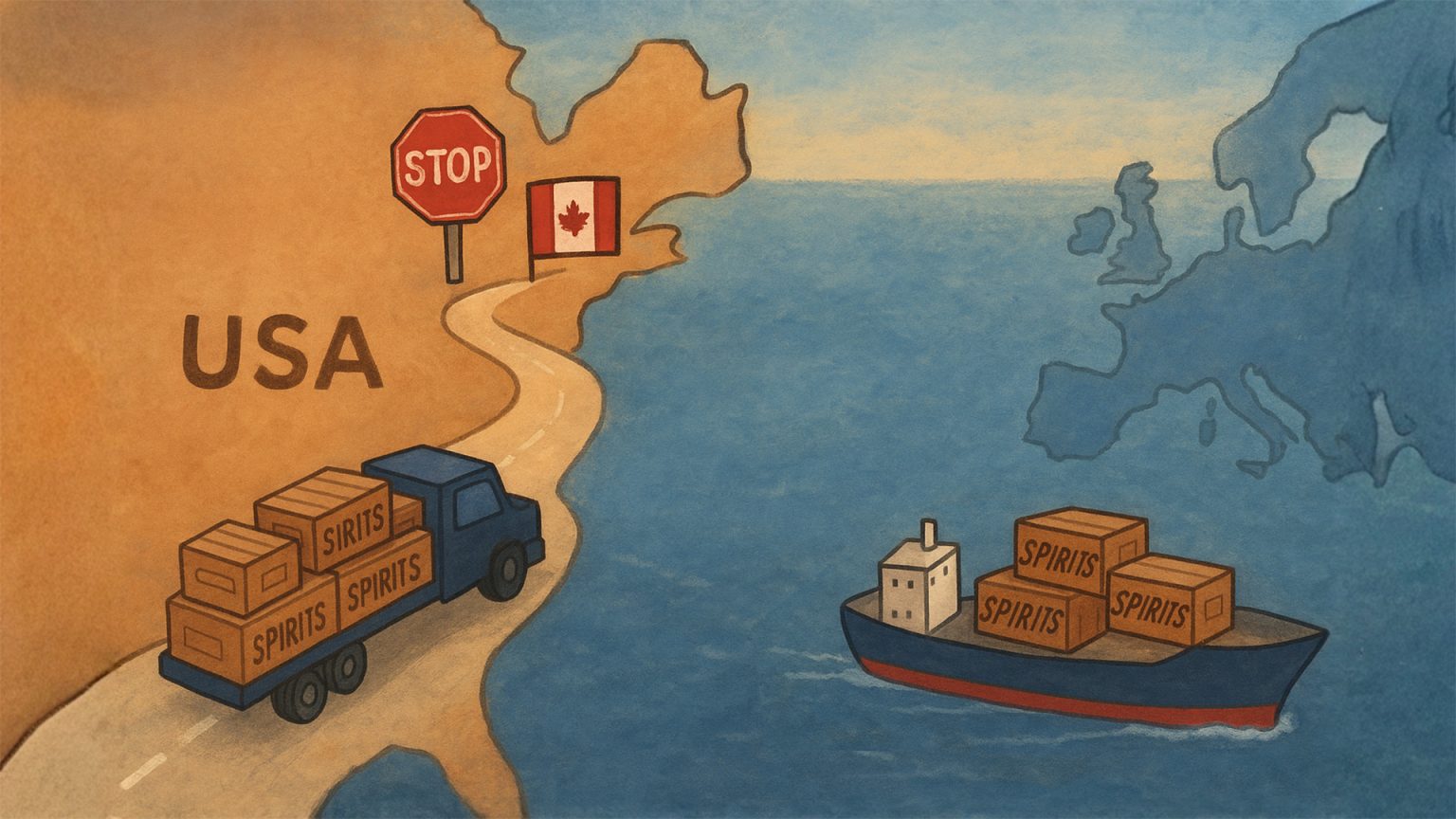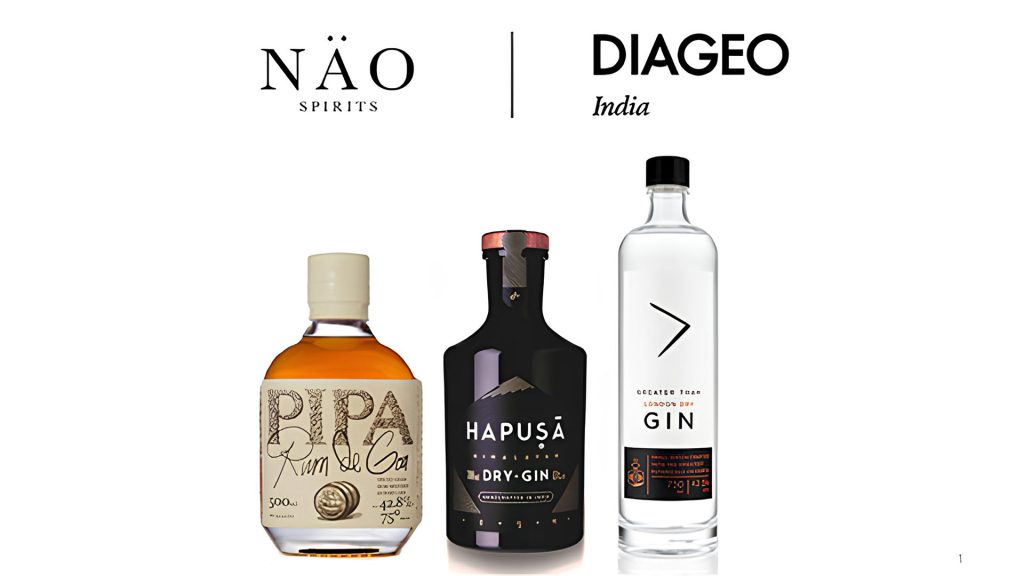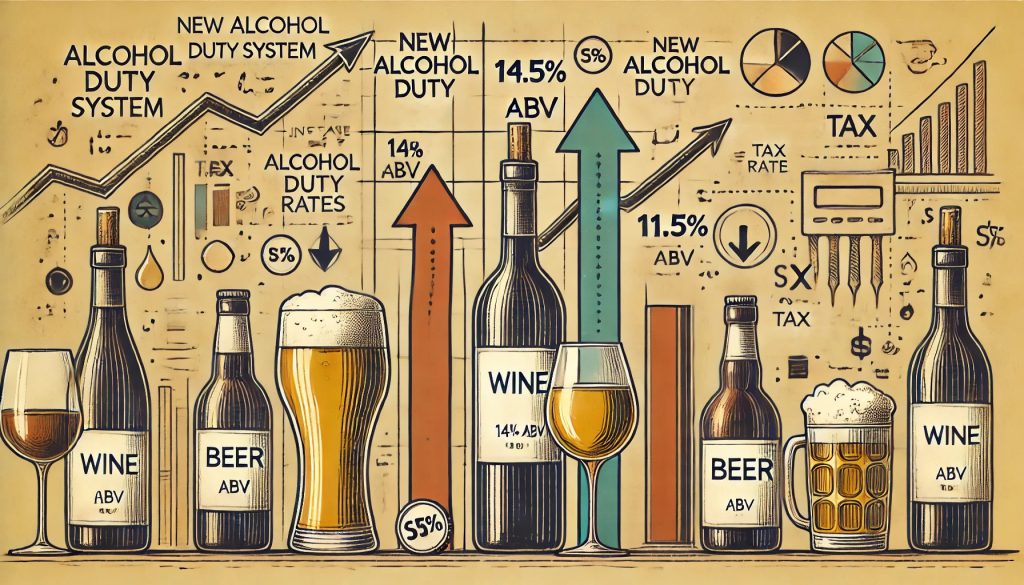U.S. spirits exports have fallen sharply in the first half of 2025, marking the steepest decline in a decade, according to the mid-year report released on October 6 by the Distilled Spirits Council of the United States (DISCUS). After a record-breaking $2.4 billion in exports in 2024, trade tensions and market pushback have since reversed much of that momentum.
In the second quarter of 2025, exports fell 9% to $593.6 million. Canada was hit hardest, with shipments plunging 85% to just $9.6 million—a blow worsened by provincial sales bans despite the removal of retaliatory tariffs. The EU, which absorbed half of U.S. exports in 2024, fell 12% to $290.3 million, while the UK and Japan posted declines of 29% and 23%, respectively. Together, these four markets accounted for 70% of last year’s total exports.
American whiskey exports dropped 13%, vodka 14%, brandy 12%, and cordials 15%, while rum slipped 6%. DISCUS CEO Chris Swonger notes that in Canada, where U.S. spirits sales plunged 68% in April, consumers are increasingly favoring domestic or non-U.S. brands.
Subscribe to our newsletter
Meanwhile, U.S. producers are facing mounting pressure at home. Whiskey inventories have tripled since 2012 to 1.5 billion proof gallons, while domestic sales have fallen from 59.4 million proof gallons in 2022 to 57.6 million in 2024. With exports serving as a vital outlet for this surplus, the latest slump has raised new alarm. Overall spirits revenue slipped 1% to $37.2 billion in 2024, or 4% after inflation, signaling stagnation across the board.
The industry’s future hinges on navigating these tensions. Producers are eyeing new markets and strategies to offset losses, while industry leaders like Swonger and the American Whiskey Association push for zero-tariff agreements with the EU and UK. Globally, trade war ripples are shifting preferences, with the EU’s 50% role in whiskey exports underscoring the need for resolution.
As the global spirits trade stands at a crossroads, industry leaders are urging swift action to restore tariff-free access to key markets. Without a resolution, mounting inventories and shifting consumer loyalties could weigh heavily on U.S. distillers well into 2026. Yet with coordinated diplomacy and innovation, recovery remains within reach.



